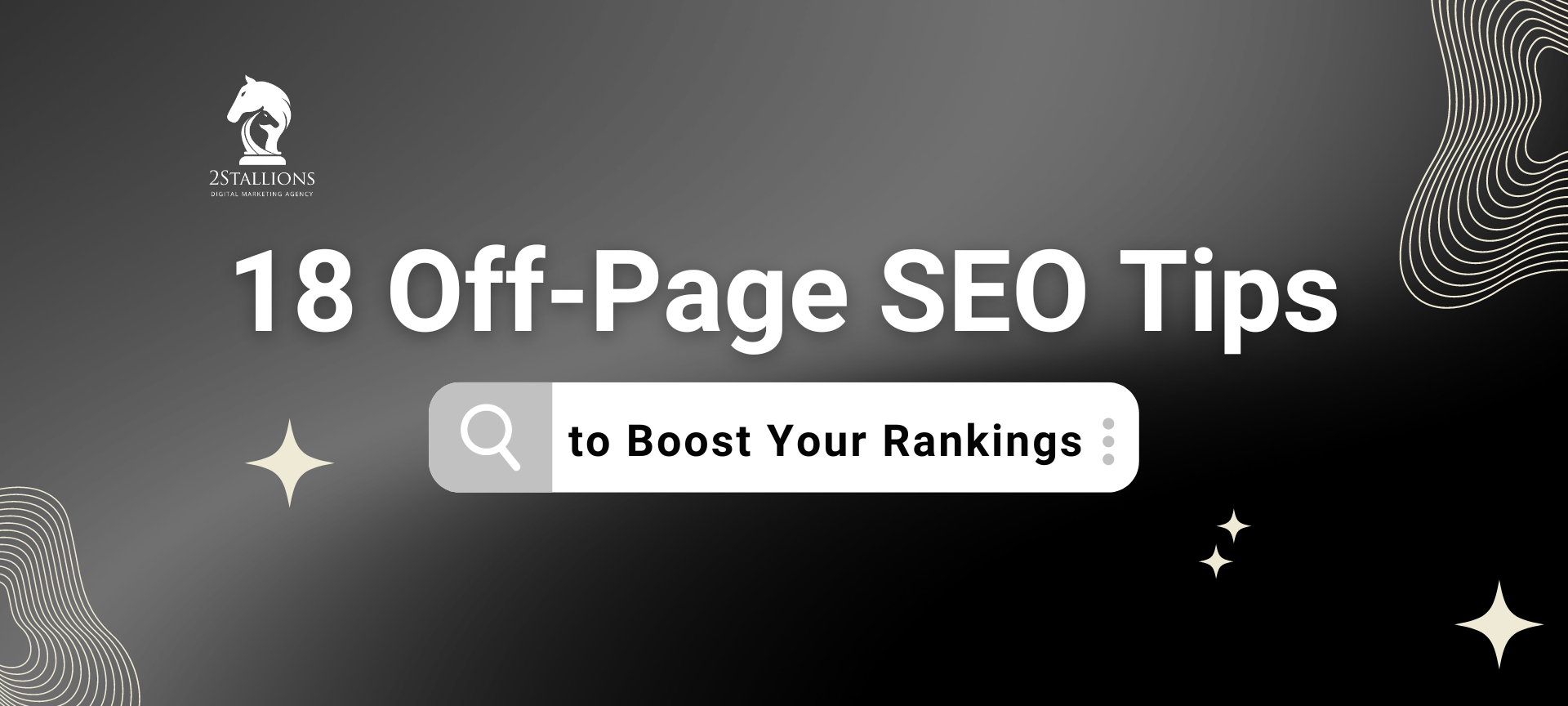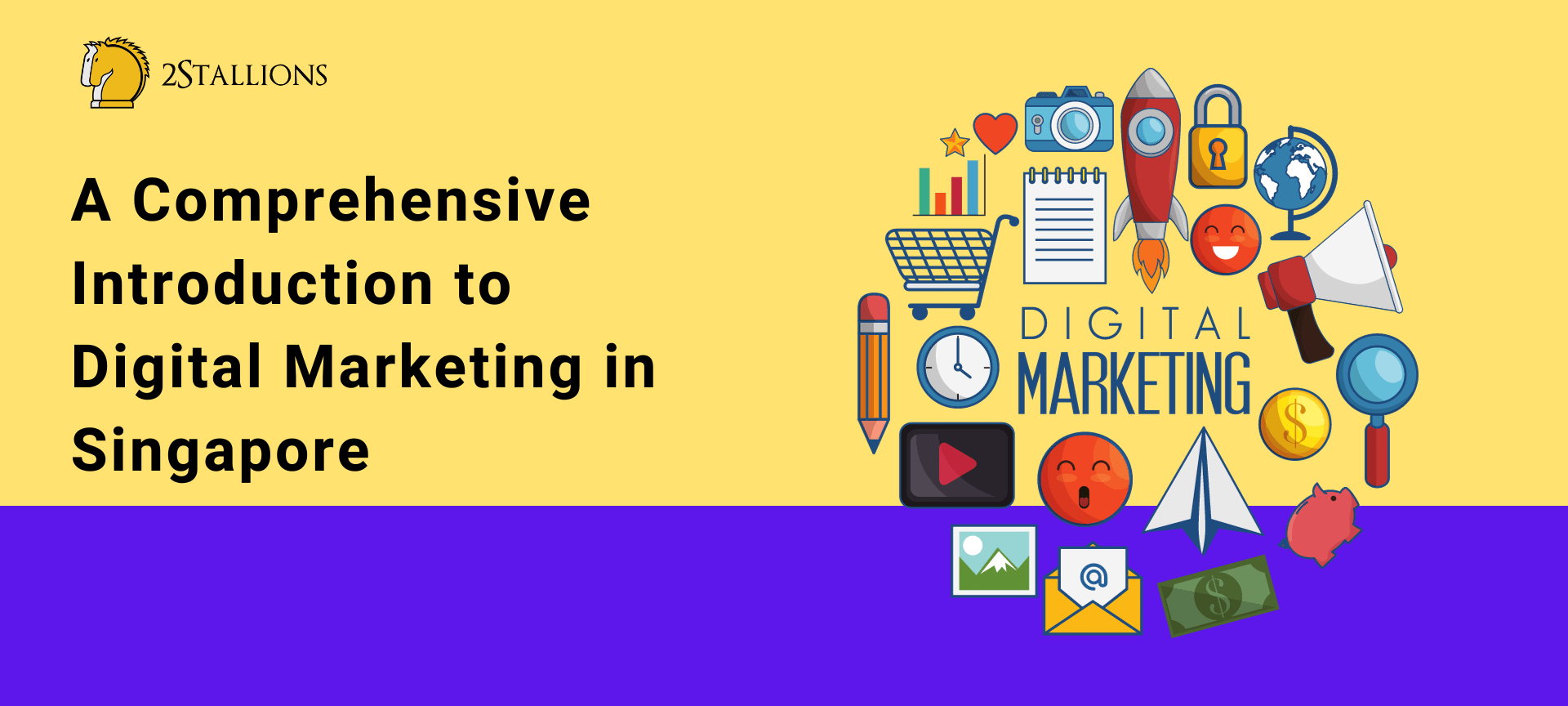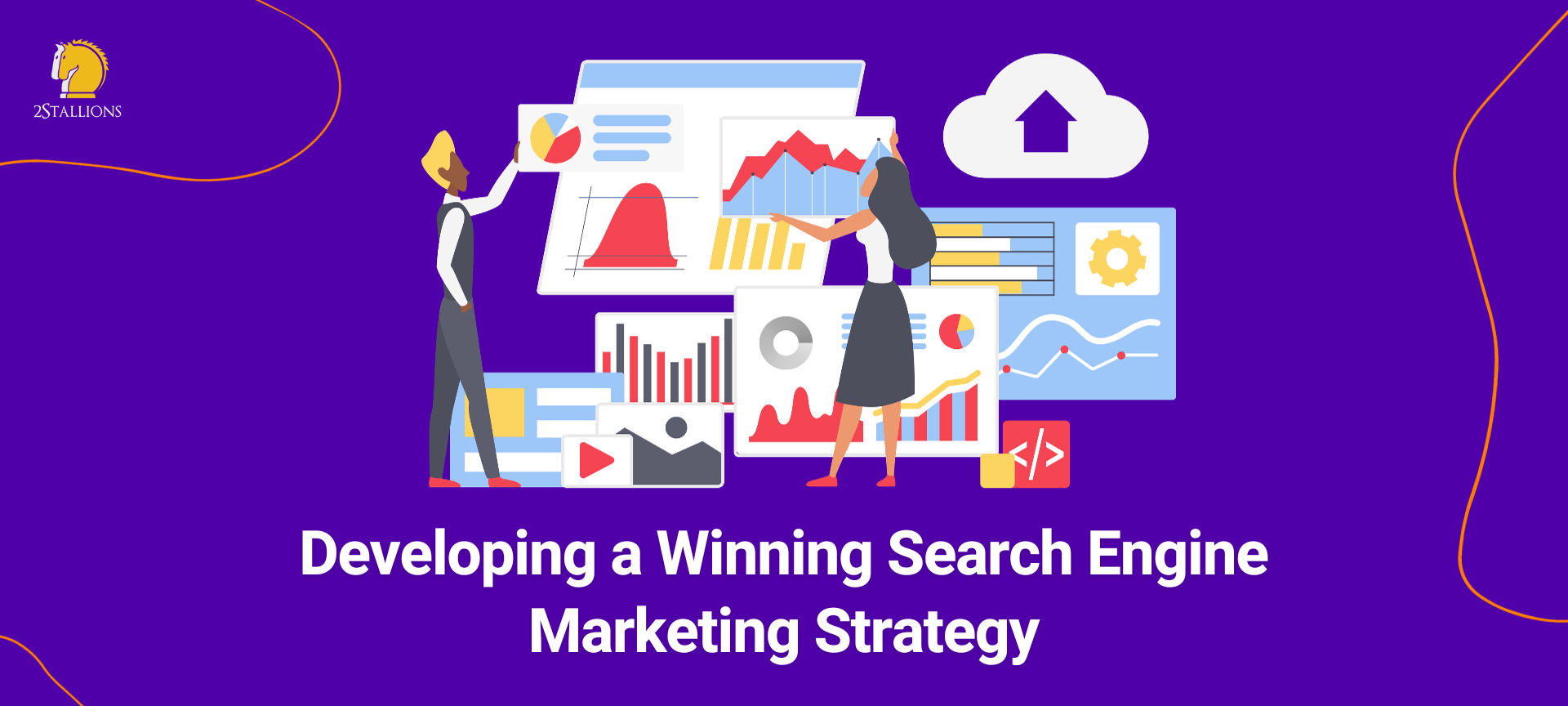Content
SHARE
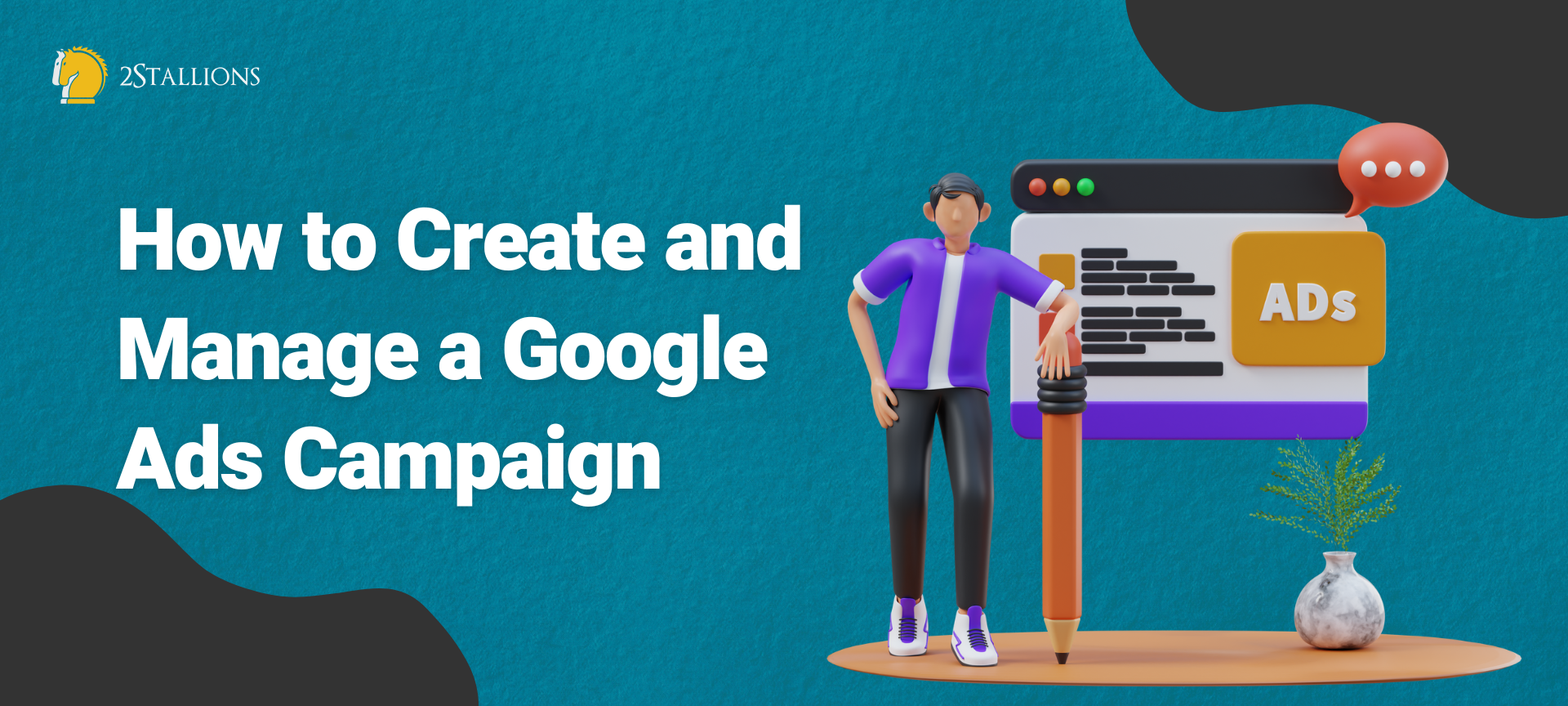
Google Ads is an essential tool for any business looking to succeed in the digital marketing landscape.This powerful advertising platform allows you to reach potential customers when they are searching for products or services related to your business. In this article, we will guide you through the process of creating and managing a successful Google Ads campaign, from understanding the importance of Google Ads to optimising your campaign for maximum results.
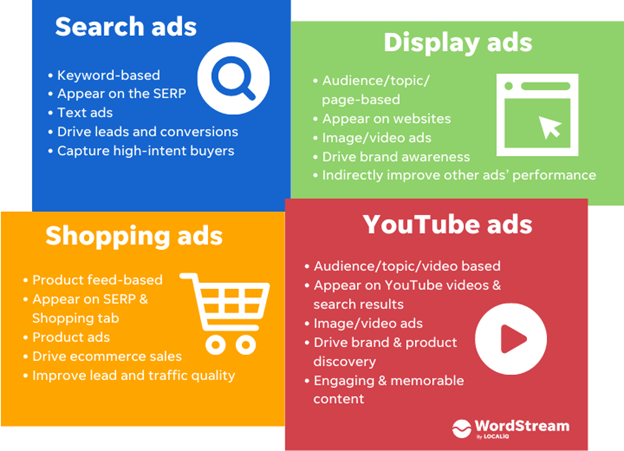 Understanding Google Ads and its Importance
Understanding Google Ads and its Importance
Before diving into the details of creating a Google Ads campaign, it is crucial to understand what Google Ads is and why it is essential for your business. Google Ads, formerly Google AdWords, is an online advertising platform developed by Google. It allows businesses to display their ads on Google’s search results pages and other Google-affiliated properties, such as YouTube and various websites within the Google Display Network. But why should you use Google Ads for your business? Let’s explore the numerous advantages it offers:
1. Increased visibility:
By advertising on Google, you can reach a vast audience of potential customers actively searching for similar products or services. Imagine this – you have a small bakery in a quiet corner of town. You make the most delicious cupcakes, but only some know about your bakery. Using Google Ads, you can increase your visibility and ensure that people searching for “cupcakes near me” or “best bakery in town” see your ad at the top of the search results. This increased visibility can lead to more foot traffic and, ultimately, more sales.
2. Targeted advertising:
Google Ads allows you to target your ads to specific locations, demographics, languages, and even devices. This ensures that your ads are shown to the right audience, increasing the chances of conversions. Let’s say you have an online store that sells hiking gear. With Google Ads, you can target your ads to appear only to people in countries or cities where hiking is popular. You can also narrow your audience based on age, gender, and interests. By doing so, you can ensure that your ads are seen by people more likely to be interested in your products, increasing the chances of them clicking on your ad and making a purchase.
3. Cost-effective:
With Google Ads, you only pay when someone clicks on your ad, making it a cost-effective advertising solution. Traditional forms of advertising, such as TV or radio commercials, can be expensive and may only sometimes reach your target audience. With Google Ads, you have more control over your budget and can set a maximum bid for each click. This means you only pay when someone is interested enough to click on your ad and visit your website. It’s a cost-effective advertising method for small businesses with limited marketing budgets.
4. Measurable results:
Google Ads provides detailed analytics that allow you to track your campaign performance and make data-driven decisions to optimise your ads for maximum results. One of the most significant advantages of online advertising is the ability to track and measure the success of your campaigns. With Google Ads, you can see how many people clicked on your ad, how many clicks resulted in a sale or lead, and even the average cost per click. This data allows you to make informed decisions about your advertising strategy and make adjustments to improve your results over time.
Setting Up Your Google Ads Account
Before creating your Google Ads campaign, you need to set up a Google Ads account. Follow these steps:
Steps To Create A Google Ads Account
- Go to the Google Ads website and click “Start Now.”
- Sign in to your Google account or create a new one if you don’t have an existing account.
- Provide your business details, including your business name, website URL, and the primary currency you want to use for your ads.
- Set up your billing information and choose your payment method.
- Agree to the terms and conditions, and you’re done! You now have a Google Ads account.
Navigating Through the Google Ads Interface
Once you set up your Google Ads account, it’s time to familiarise yourself with the platform’s interface. The Google Ads interface may seem overwhelming initially, but with some practice, you’ll navigate through it easily. The main components of the Google Ads interface include the campaign dashboard, where you can access essential campaign metrics, ad groups, where you structure your ads, and keywords, which determine when your ads are triggered.
Take some time to explore the different sections of the Google Ads interface and familiarise yourself with the various tools and features available. This will help you make the most of the platform and manage your campaigns effectively. Now that you have set up your Google Ads account, you are ready to embark on an exciting journey into online advertising. Google Ads is a powerful tool that can help you reach a broad audience and drive traffic to your website.
But before you dive into creating your first campaign, it’s essential to understand the different types of ads you can run on Google Ads. Google Ads offers several ad formats, including search, display, video, shopping, and app ads. Each ad format serves a different purpose and can target specific audiences or achieve marketing goals.
Search ads are the most common type of ads on Google Ads. They appear at the top or bottom of the search engine results page when users search for specific keywords. These ads are highly targeted and can be a great way to reach potential customers actively searching for products or services related to your business. Display ads, on the other hand, are visual ads that appear on websites across the Google Display Network. These ads can include images, videos, or interactive elements and can be a powerful way to raise brand awareness and reach a wider audience.
Video ads are another popular ad format on Google Ads. These ads appear on YouTube and other video platforms and can be a great way to engage users with compelling video content. Video ads can be skippable or non-skippable, and you can target them based on demographics, interests, or specific YouTube channels. Shopping ads are specifically designed for eCommerce businesses. These ads showcase your products directly in the search results, including an image, price, and other relevant information. Shopping ads are highly effective for driving traffic to your online store and increasing sales.
Lastly, app ads are designed to promote mobile apps. These ads can appear on Google Search, Google Play, YouTube, and other Google partner sites. App ads can help you increase app instals, engagement, and conversions.
Now that you have a better understanding of the different ad formats available on Google Ads, you can choose the ones that best align with your marketing goals and target audience. Remember, it’s essential to regularly monitor and optimise your ads to ensure they are performing well and delivering the desired results.
In addition to choosing the correct ad formats, conducting thorough keyword research is crucial. Keywords are the foundation of your Google Ads campaigns and are vital in determining when your ads are shown. By selecting relevant and high-quality keywords, you can increase the chances of your ads reaching the right audience and driving valuable traffic to your website.
It’s essential to continuously analyse and measure the performance of your Google Ads campaigns. The platform provides a wealth of data and metrics that can help you evaluate the effectiveness of your ads and make informed decisions to optimise your campaigns. By regularly reviewing your campaign performance, you can identify areas for improvement and implement strategies to maximise your return on investment.
Remember, setting up a Google Ads account is just the beginning. To succeed with Google Ads, you must invest time and effort into understanding the platform, experimenting with different strategies, and continuously optimising your campaigns. With dedication and a strategic approach, Google Ads can be a powerful tool to grow your business and achieve your marketing objectives.
 Planning Your Google Ads Campaign
Planning Your Google Ads Campaign
Now that you have set up your Google Ads account and are familiar with the platform, it’s time to start planning your campaign. Proper planning is essential to ensure the success of your Google Ads campaign. Here are the key steps to follow:
Defining your advertising goals
Before creating your ads, it’s crucial to define your advertising goals. What do you want to achieve with your Google Ads campaign? Is it to increase brand awareness, drive website traffic, or generate leads? Clearly defining your goals will help you create targeted ads that align with your business objectives.
Identifying Your Target Audience
Understanding your target audience is another critical aspect of planning your Google Ads campaign. Who are your ideal customers? What are their demographics, interests, and preferences? You can create more targeted ads that resonate with your potential customers by identifying your target audience.
Setting Your Budget and Bidding Strategy
Setting a budget is an important step in planning your Google Ads campaign. Determine how much you will spend on your ads, considering your advertising goals and the potential return on investment. Additionally, you need to choose a bidding strategy that determines how Google allocates your budget. Several bidding strategies are available, such as manual bidding and automated bidding. Consider your goals and budget to select the most suitable bidding strategy for your campaign.
 Creating Your First Google Ads Campaign
Creating Your First Google Ads Campaign
With your planning complete, it’s time to create your first Google Ads campaign.
Choosing The Right Campaign Type
Google Ads offers different campaign types to suit various advertising goals. The types include search campaigns, display campaigns, video campaigns, and shopping campaigns. Carefully select the campaign type that aligns with your objectives and the ads you want to run.
Writing Effective Ad Copy
Your ad copy is crucial in enticing potential customers to click on your ads. Write compelling ad headlines and descriptions highlighting the benefits of your products or services and encouraging users to take action.
Selecting Relevant Keywords
Keywords are the building blocks of your Google Ads campaign. They determine when and where your ads are shown. Conduct thorough keyword research to identify relevant keywords that are likely to be used by your target audience. It’s important to strike a balance between broad match keywords and more specific keywords to ensure that your ads reach the right audience without overspending on irrelevant clicks.
 Managing And Optimising Your Google Ads Campaign
Managing And Optimising Your Google Ads Campaign
Creating your Google Ads campaign is just the beginning. To ensure the success of your campaign, you need to manage and optimise it based on performance data actively.
Monitoring Your Campaign Performance
Regularly monitor the performance of your ads to identify areas that need improvement. Monitor critical metrics, such as click-through rates (CTR), conversion rates, and return on ad spend (ROAS). Analyse the data to gain insights into user behaviour and make informed decisions to optimise your campaign.
Making Necessary Adjustments to Your Campaign
Based on the performance data, make necessary adjustments to your campaign. This may involve tweaking your ad copy, revising your keyword selections, or adjusting your bidding strategy. Continuously testing and refining your ads will help you achieve better results over time.
Utilising Google Ads Tools for Optimisation
Google Ads offers a range of tools and features to help you optimise your campaigns. Use tools such as Google Analytics to gain deeper insights into user behaviour, Google Keyword Planner to expand your keyword list, and Google Ads Editor to make bulk changes more efficiently.
By following these tips and best practices, you can create and manage a successful Google Ads campaign that drives relevant traffic to your website, generates leads, and helps you achieve your business goals. Creating and optimising a Google Ads campaign is an ongoing process, so be prepared to continuously monitor and refine your strategy to stay ahead of the competition.
Frequently Asked Questions About Google Ads Campaign
What are Google Ads campaigns?
Google Ads campaigns are online advertising initiatives where businesses can create ads and bid to have them shown to specific audiences across the Google platform, including its search engine, display network, YouTube, and partner sites.
How do I run a Google ad campaign?
- Sign Up: Create a Google Ads account if you haven’t already.
- Define Your Goal: Decide what you want to achieve, such as more website visits, sales, or brand awareness.
- Choose Campaign Type: Depending on your goal, select a campaign type (Search, Display, Video, Shopping, App).
- Target Your Audience: Specify demographics, locations, interests, and keywords.
- Set Your Budget: Decide how much you want to spend daily.
- Create Your Ads: Write compelling ad copy and, if applicable, add images or videos.
- Select Your Bid Strategy: Choose how to bid for clicks or impressions.
- Review and Launch: Double-check settings, then launch your campaign.
How do I promote my Google ad for beginners?
o I promote my Google ad for beginners?
- Understand Your Audience: Identify who you want to target with your ads.
- Start with Search Campaigns: These are simpler and target users actively searching for your keywords.
- Choose Relevant Keywords: Use Google’s Keyword Planner for suggestions and search volume data.
- Write Clear-Ad Copy: Ensure it’s relevant to your keywords and landing page.
- Optimise Landing Pages: Ensure the page users land on after clicking is relevant and encourages desired actions.
- Set a Modest Budget: Start small, then adjust based on performance.
- Monitor and Adjust: Regularly review campaign performance and refine keywords, bids, and ad copy as needed.
How many campaigns should you have in Google Ads?
The number of campaigns in Google Ads varies based on your objectives, offerings, and target audiences. Organising campaigns by distinct products, services, or audience segments is generally best practice. This ensures clearer tracking and easier optimisation. Most businesses start with one or two campaigns and expand as they become more familiar with the platform and their specific needs.
How long should a Google Ads campaign last?
The duration of a Google Ads campaign depends on the goals and the nature of the promotion. Some campaigns might last only a few days for a specific event or sale, while ongoing campaigns for brand awareness or lead generation might run indefinitely. It’s essential to regularly review and adjust campaigns for optimal performance, irrespective of their duration.

 Planning Your Google Ads Campaign
Planning Your Google Ads Campaign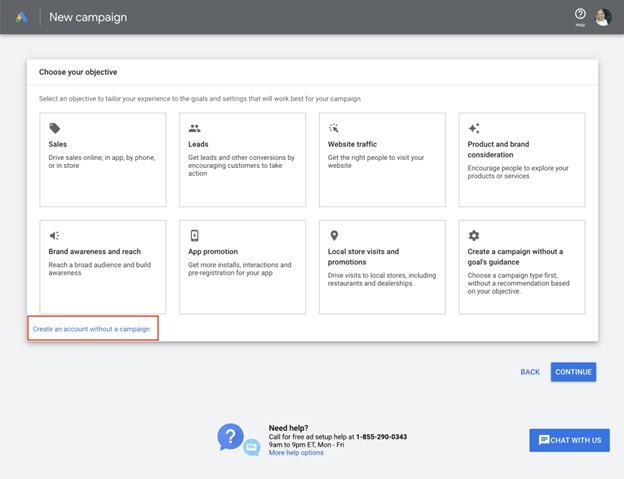 Creating Your First Google Ads Campaign
Creating Your First Google Ads Campaign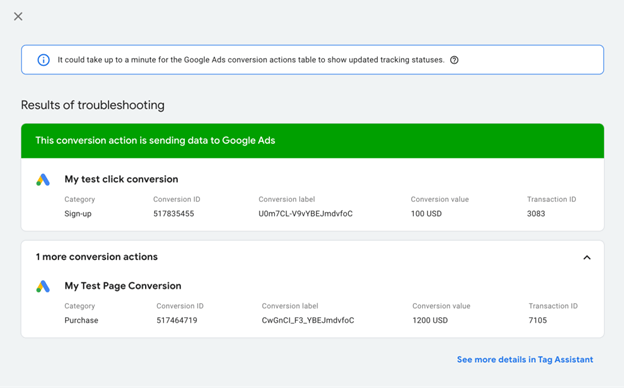 Managing And Optimising Your Google Ads Campaign
Managing And Optimising Your Google Ads Campaign

